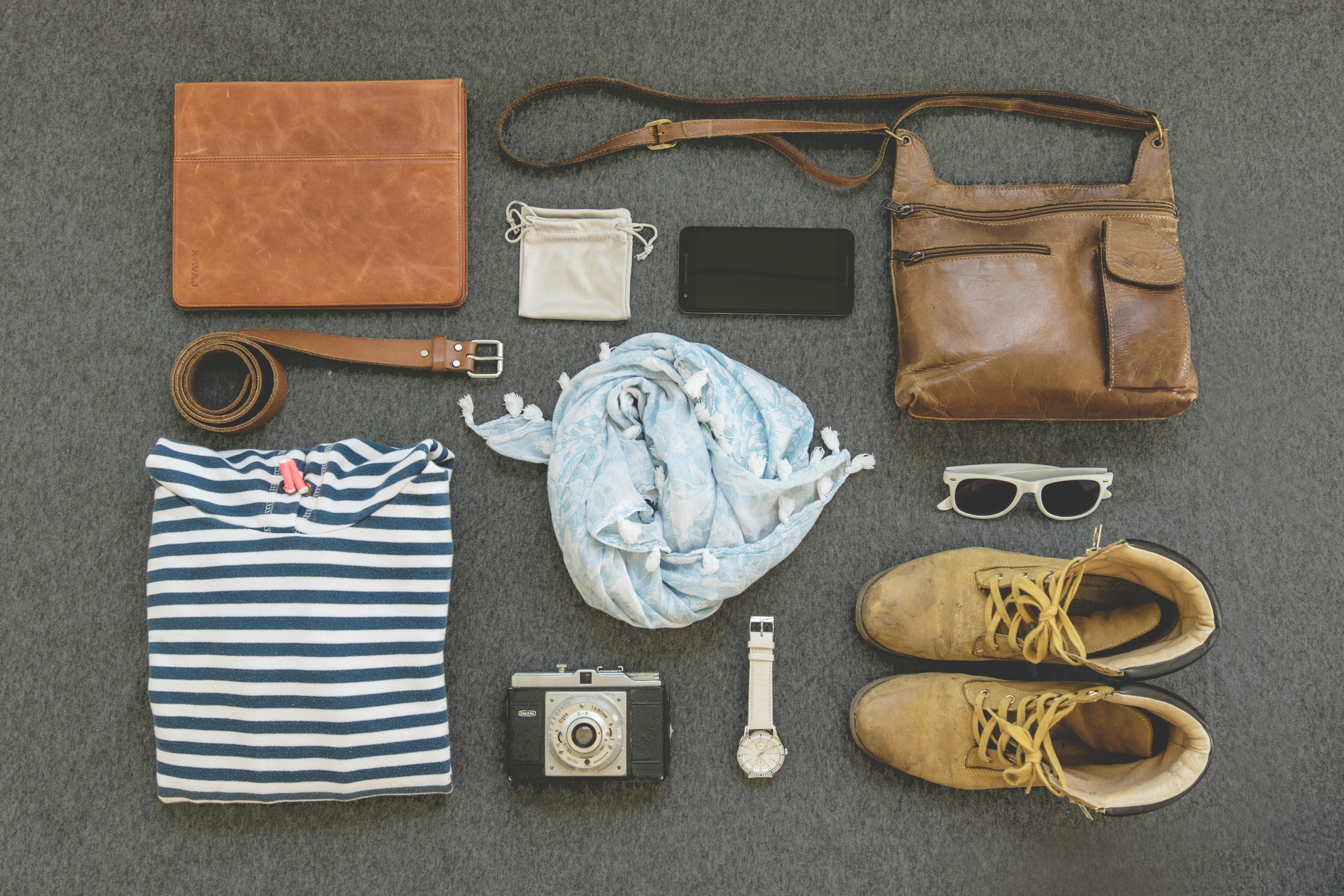Backpack Guide: Choosing and Using Everyday Bags
A backpack is a versatile tool for work, school, travel, and outdoor activities. Choosing the right pack and using it well can protect your equipment, ease daily routines, and extend the bag’s lifespan. This guide explains important features such as zippers, compartments for equipment, how to organize travel gear, options for everyday backpacks, and considerations for school use to help you pick and maintain the best fit for your needs.

How do zippers affect backpack durability?
Zippers are one of the most commonly stressed components on a backpack. Quality zippers, often described by their tooth type (coil, molded, or metal), influence how smoothly a pocket opens and how long the closure lasts. Look for reinforced zipper tape and stitching at high-stress points such as pocket ends and main compartment openings. Small measures—like using zipper pulls that are easy to grip, avoiding overstuffing compartments, and keeping zippers free of grit—reduce wear. If a zipper fails, many local services and repair shops can replace it, which can be a cost-effective option compared with replacing the whole bag.
What equipment should you store in each compartment?
Organizing equipment by compartment makes gear easier to access and protects items during transport. Dedicate the main compartment to bulkier items like books, layers, or larger equipment; use a padded sleeve for laptops or tablets. Front pockets are useful for smaller items—chargers, pens, snacks—while internal mesh pockets keep fragile items from shifting. Consider weight distribution: heavier equipment should sit closest to your back and centered to maintain balance. Use small pouches or packing cubes to group related items (first aid, hygiene, cables). Planning compartments according to your routine reduces time searching and keeps gear safer.
How to pack travel gear efficiently in a backpack?
When using a backpack for travel, efficiency and accessibility are key. Start by selecting a bag that meets your capacity needs and any airline carry-on limits you expect to encounter. Roll clothing to minimize wrinkles and save space, and use compression straps or packing cubes to compress clothes and separate clean and dirty items. Place frequently used travel gear—passport, boarding pass, a light jacket—in quick-access pockets. Keep liquids in a resealable bag to avoid spills. For longer trips, choose a backpack with a sturdy waist belt to transfer weight from shoulders to hips, improving comfort and stability.
What to look for when choosing a backpack for everyday use?
Everyday backpacks should balance style, comfort, and function. Evaluate size and volume based on daily loads: a compact pack for commuting versus a larger one for carrying gym gear and groceries. Materials matter—nylon and polyester are lightweight and water-resistant, while canvas can be more durable but heavier. Look for padded shoulder straps, a ventilated back panel for breathability, and a sternum strap for stability if you carry heavier loads. Additional features to consider include a laptop sleeve, external attachment points for accessories, and reflective elements if you travel after dark.
What features are important for school backpacks?
School backpacks need to be comfortable and organized for both children and adults. Prioritize ergonomic design: padded, adjustable shoulder straps and a padded back panel reduce strain during long carries. Multiple compartments help separate textbooks, notebooks, a laptop, and small items like a calculator or stationery. Durability is important—reinforced bottoms and robust stitching extend the bag’s useful life. For younger students, consider smaller sizes with chest or waist straps to improve fit. Safety features such as high-visibility panels or reflective strips can improve visibility on the walk to school.
How should you maintain a backpack and its components?
Regular maintenance preserves the function and appearance of a backpack. Empty the bag and shake out debris, then use a soft brush or damp cloth to remove dirt. For spot cleaning, use mild soap and water; avoid harsh detergents which can degrade fabric or water-resistant treatments. Keep zippers running smoothly by cleaning teeth and applying a zipper lubricant or beeswax if needed. Allow the backpack to fully air dry before storage to prevent mold. Inspect seams, straps, and fastenings periodically—small repairs (re-stitching straps, replacing zipper pulls) can extend life and keep equipment secure.
Conclusion
Selecting and maintaining a backpack involves balancing capacity, comfort, and durability with how you intend to use the bag. Paying attention to zippers, compartment layout for equipment, and appropriate travel features helps you stay organized and protects your belongings. Regular care and small repairs can significantly extend a backpack’s functional life, making it a dependable part of daily routines and trips.






